This week, we’re talking about some of the major projects of Ikeda’s time as leader of Soka Gakkai, including both the foundation of Soka Gakkai’s political party and the construction of the Sho Hondo, a grand new hall for Nichiren teachings.
Sources
Kie-chang Oh, John. “The Fusion of Politics and Religion in Japan: The Soka Gakkai-Komeito”. Journal of Church and State 14, No 1 (Winter, 1972).
Stone, Jacqueline I. “By Imperial Edict and Shogunal Decree: Politics and the Issue of the Ordination Platform in Modern Lay Nichiren Buddhism.” In Buddhism in the Modern World: Adaptations of an Ancient Tradition. Edited by Steven Heine and Charles S. Prebish. Oxford University Press, 2003.
McLaughlin, Levi. Soka Gakkai’s Human Revolution: The Rise of a Mimetic Nation in Modern Japan.
Images
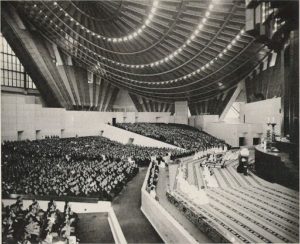
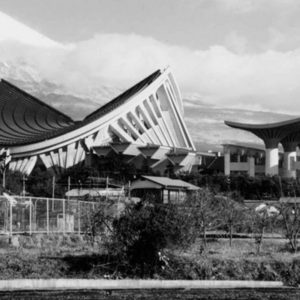
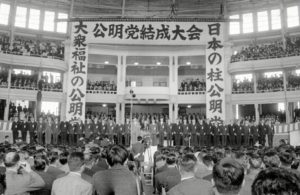
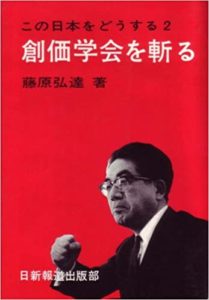
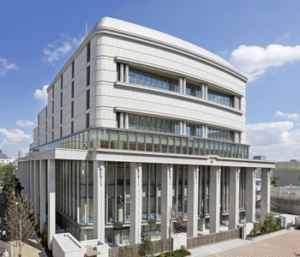

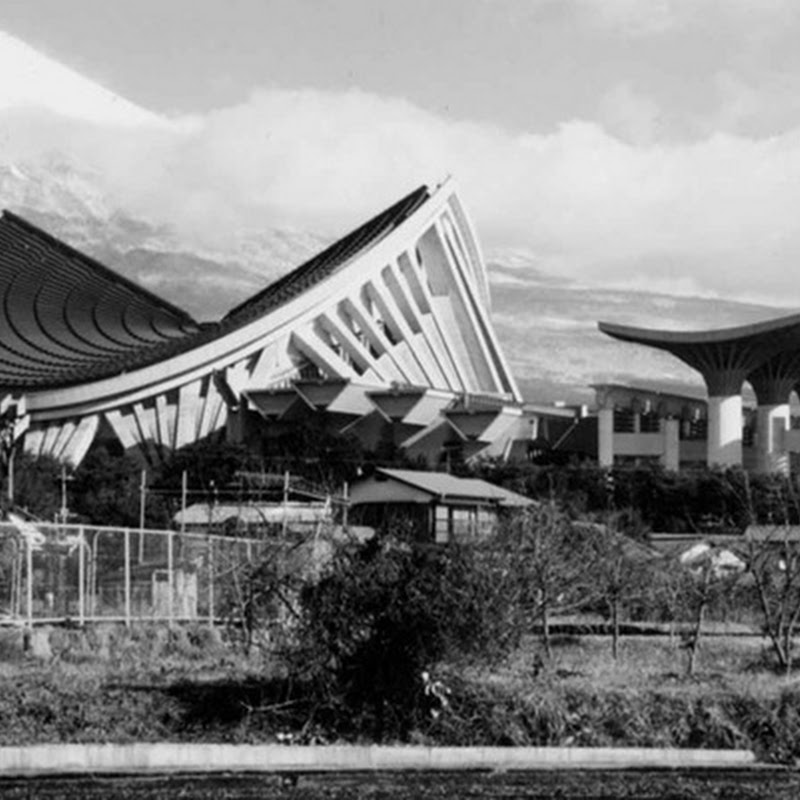
I’m someone who is not SGI or even Japanese, but my school has an exchange program relationship with Soka University Japan, so I spent a year there. Almost everyone there is an SGI member (90%+, iirc). The American school is less overwhelmingly SGI, but it’s still about 50/50 from my understanding. There never was anyone forced to chant or anything like that, but there was an omnipresence and it wasn’t particularly sensitive to atheists. To a certain extent, it is like being at a Catholic university. The big thing was that the university would buy us snacks “from Ikeda Sensei” and we were expected to give thanks for our Ebi Senbei in our weekly hall meetings with the RAs.